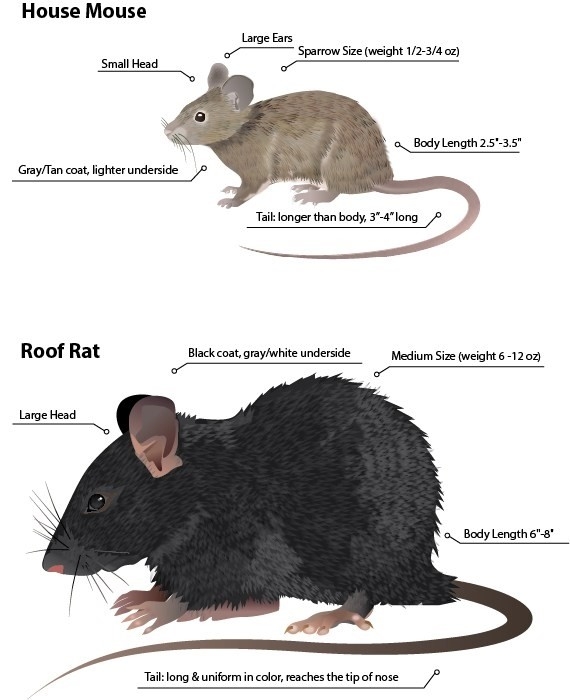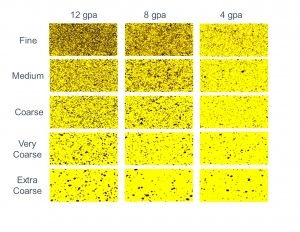
Posts Tagged: pesticides
Argentine Ants!!!!!!!!!!
UCCE & UCR Argentine Ant & Citrus Pest Management Field Day
Get Down with Argentine Ants
November 1 – Redlands, CA
November 2 – Saticoy, CA
Mornings: 8-12
Overview of Biocontrol Methods for ACP in Southern California, Mark Hoddle, Entomology and Extension Specialist at UC Riverside, Director of Applied Biological Control Research,
Overview of ACP/HLB Area-wide Spray Programs in Southern California, Sandra Zwaal, Citrus Pest & Disease Prevention Program, ACP/HLB Grower Liaison San Diego, Riverside, San Bernardino, and Ventura Counties,
Then out to the field to see:
Argentine Ants in Citrus at designated stations in small groups
- Discussions and demonstrations of use of hydrogel beads for Argentine ant control and we would cover aspects of ant biology/ecology/behavior/other control options at this station, Ivan Milosavljevic, UC Riverside
- Discussion and demonstration of monitoring programs for Argentine ants with a focus on using infra-red sensors, visual sampling, sugar-water saturated cotton wool balls, and liquid monitoring vials, Mark Hoddle & Michael Lewis, UC Riverside
- Enhancing natural enemies in citrus orchards with the use of cover crops. This station will cover possible species that could be used, aspects of flowering plants that make them good candidates for use in conservation biological control, the types of generalist natural enemies that will respond to these floral resources, and benefits and drawbacks of using cover crops. Nicola Irvin, UC
- The potential for hydrogels across regions, ant species, crops, and active ingredients. Discussion about major ant groups, resources to identify ants, a little about ant biology in the context of making hydrogels work, and then give an update on the results of trials funded by DPR to evaluate hydrogels against different ant species in different crops across California using five different active ingredients. This station will include the Ant ID mini station. David Haviland, UC Cooperative Extension, Kern County
REGISTRATION Acknowledgment Reply will include agenda and directions for the different sites
Contact: Ben Faber, bafaber@ucanr.edu, 805-645-1462
November 1 Location: Carriage House Prospect Park, 1399 Prospect Dr, Redlands CA 92373
November 2 Location: 2641 SP Milling Rd, Ventura (Saticoy), CA, follow the signs to Rancho Santa Clara del Norte, which is at the end of the road. Watch at turn to SP Milling Rd for traffic on Hwy 118/Los Angeles Ave.

aRGENTINE ANT
Will it Harm Bees?
CORVALLIS, Ore. – Researchers in the Oregon State University College of Engineering have harnessed the power of artificial intelligence to help protect bees from pesticides.
Cory Simon, assistant professor of chemical engineering, and Xiaoli Fern, associate professor of computer science, led the project, which involved training a machine learning model to predict whether any proposed new herbicide, fungicide or insecticide would be toxic to honey bees based on the compound's molecular structure.
The findings, featured on the cover of The Journal of Chemical Physics in a special issue, “Chemical Design by Artificial Intelligence,” are important because many fruit, nut, vegetable and seed crops rely on bee pollination.
Without bees to transfer the pollen needed for reproduction, almost 100 commercial crops in the United States would vanish. Bees' global economic impact is annually estimated to exceed $100 billion.
“Pesticides are widely used in agriculture, which increase crop yield and provide food security, but pesticides can harm off-target species like bees,” Simon said. “And since insects, weeds, etc. eventually evolve resistance, new pesticides must continually be developed, ones that don't harm bees.”
Graduate students Ping Yang and Adrian Henle used honey bee toxicity data from pesticide exposure experiments, involving nearly 400 different pesticide molecules, to train an algorithm to predict if a new pesticide molecule would be toxic to honey bees.
“The model represents pesticide molecules by the set of random walks on their molecular graphs,” Yang said.
A random walk is a mathematical concept that describes any meandering path, such as on the complicated chemical structure of a pesticide, where each step along the path is decided by chance, as if by coin tosses.
Imagine, Yang explains, that you're out for an aimless stroll along a pesticide's chemical structure, making your way from atom to atom via the bonds that hold the compound together. You travel in random directions but keep track of your route, the sequence of atoms and bonds that you visit. Then you go out on a different molecule, comparing the series of twists and turns to what you've done before.
“The algorithm declares two molecules similar if they share many walks with the same sequence of atoms and bonds,” Yang said. “Our model serves as a surrogate for a bee toxicity experiment and can be used to quickly screen proposed pesticide molecules for their toxicity.”
The National Science Foundation supported this research.

honey bee in avocado
Rats and Raticides
The IPM Hour is a monthly online seminar covering a variety of IPM-related topics and research. It's held the second Wednesday of each month at 12 noon Pacific Time and features two 20-minute presentations followed by 10 minutes of discussion each. You can tune in live or check out the recordings on the Western IPM Center YouTube channel.
|
|
|
Citrus Pesticide Resistance Registration
What Are the UC Ag Experts Talking About?
Join the online crowd
February 19, 2020
Pesticide Resistance Management of Citrus Pests
Dr. Elizabeth Grafton-Cardwell will talk about how insects develop resistance (including examples of resistance in citrus thrips, California red scale, and citricola scale), pesticide use tactics to avoid resistance, the potential for resistance in Asian citrus psyllid, and best practices for citrus pest management. One hour of DPR continuing education unit is approved.
webinar registration at Pesticide Webinar
This presentation is part of the series of 1-hour webinars, designed for growers and Pest Control Advisers, highlighting various pest management and horticultural topics for citrus and avocados. During each session, a UC Expert on the subject will make a presentation and entertain write-in questions via chat during and/or after the presentation. As we develop this program, we may expand to other crops.
Upcoming topics:
- Gibbing in Avocados (Ben Faber, March 2020)
- Citricola scale by Elizabeth Grafton-Cardwell (April 2020)
- Invasive shot hole borers in avocado by Akif Eskalen (May 2020)
- Vertebrate pests by Roger Baldwin (June 2020)
- Ants in citrus by Mark Hoddle (July 2020)
- Use of plant growth regulators on citrus by Ashraf El-kereamy (August 2020)

citrus cornucopia
Did that Spray Work?
First of all, did it go where it was supposed to go?
I have been at several grower meetings lately where there has been talk of pesticide sprays and the value of coverage. If it's not where you want it, its not going to do it's job and might do some other job you don't want. Some sprays need to be spot on to do their job. “Contact sprays” like pyrethrums, oils and soaps need to contact the pest to knock out the pest. Even translaminar materials, like spinosad and abamectin, need to be in the location of the plant where the pest is feeding for them to work.
So how do you assess coverage? Unless you know where the sprays is going, you don't know whether the spray job worked until after you've wasted time and material to see if the pests are gone. Water sensitive papers placed in the tree can tell you where the spray is going and whether the application is successful. Was the volume right? Was the application speed right? Was too much material applied? Too little? The cards can be used for a quick evaluation of spray distribution, droplet density and canopy penetration.
The water sensitive paper cards are rigid pieces of paper that are yellow in color. They have specially coated surfaces that will stain dark blue when exposed to water-like droplets. The cards are stapled into the before you begin spraying. The upper surface will be stained dark blue when exposed by water. The opposite side of the water sensitive cards is water repellent. They cost about a dollar apiece.
Here are some examples of how to use water sensitive cards:
- Aerial Application for detecting coverage and canopy penetration. Cards can be stapled to the leaves at different heights and depths in the tree.
- Orchard Sprayers for evaluating spray distribution and spray penetration throughout the tree. Cards can be stapled to leaves in the upper, center, and lower portions of the tree.
- Backpack / Handheld Sprayers for evaluating spray distribution and droplet density for herbicide applications. Cards can be placed across one run width to determine spray volume and speed.
You can visually inspect the spray cards by counting the droplets by eye, or if needed, using a hand lens or some of the smart phone apps. Quickly glancing at the card, you can determine areas of over-application or under-application, dripping nozzles, or clogged/defective nozzles. It's easy to see whether the aerial spray was effective.
Photo: Spray patterns with different nozzle sizes and different spray volumes
Tom Wolf, https://sprayers101.com/wsp-coverage/


